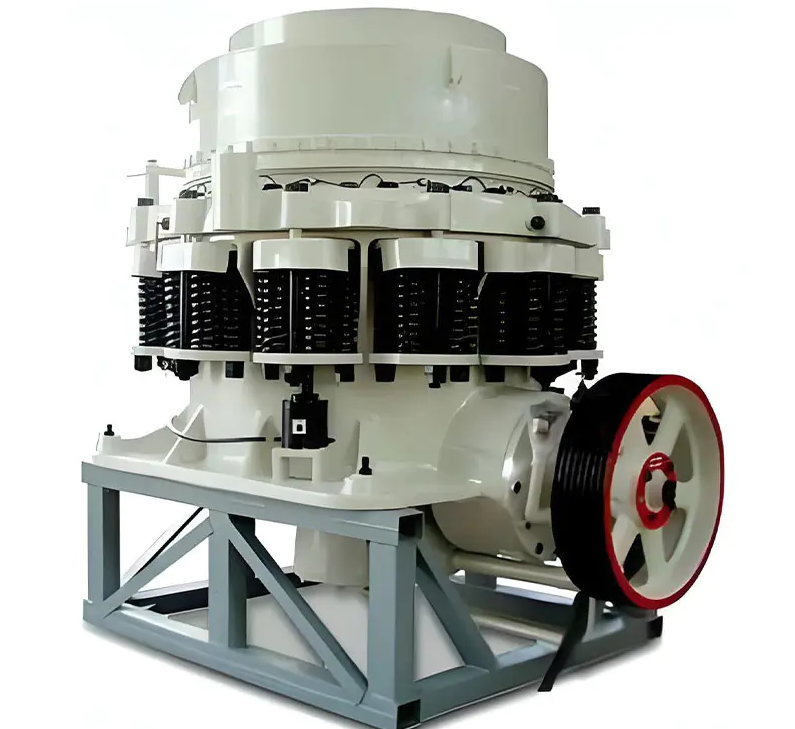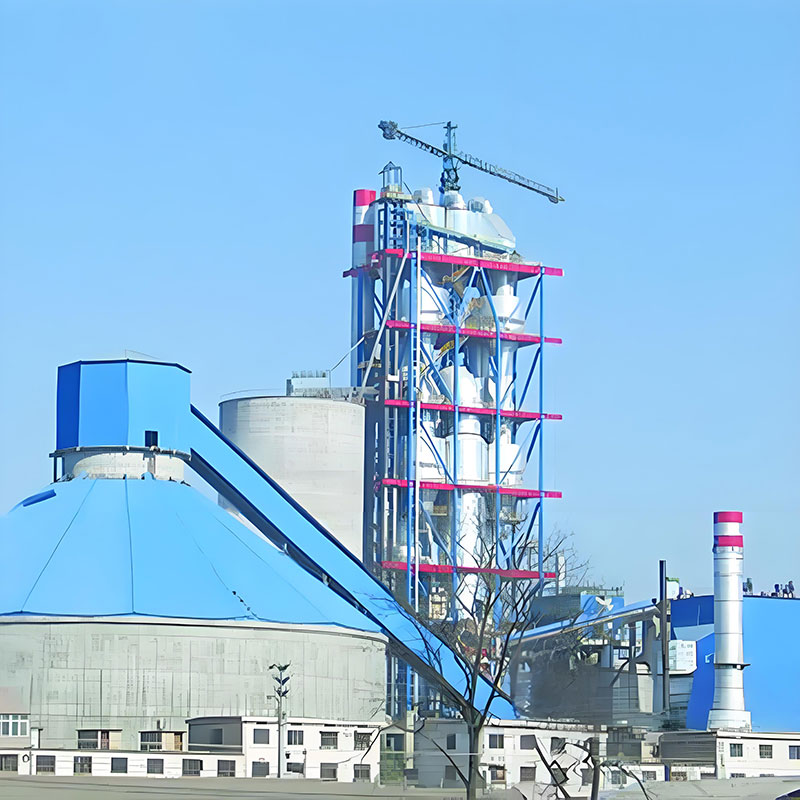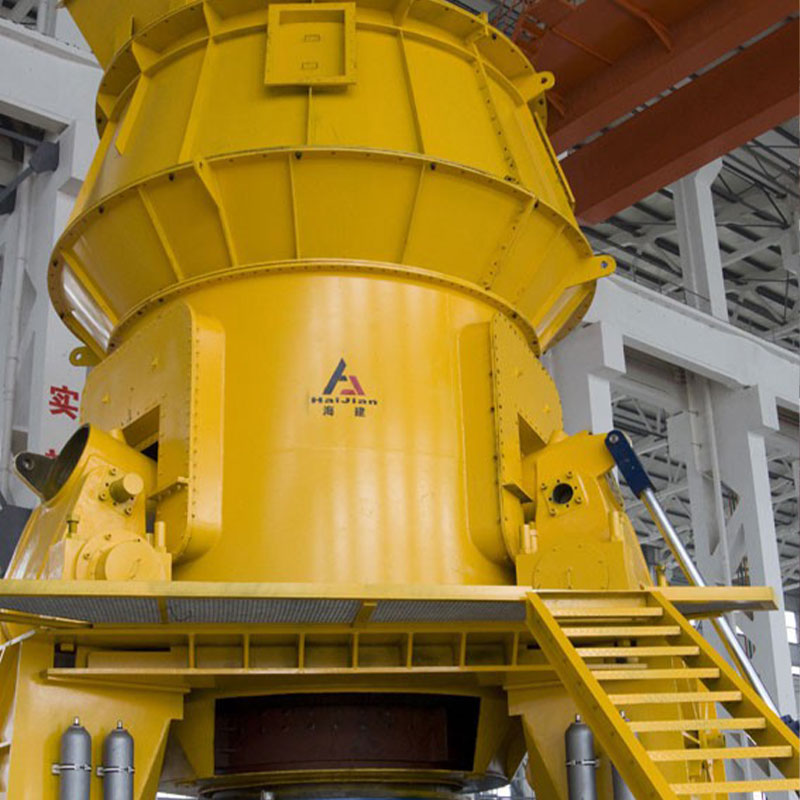What are the advantages of a compound cone crusher?
The compound cone crusher is a widely used medium and fine crushing equipment in the sand and gravel, construction, and mining industries. Its simple structure, high cost-effectiveness, and strong adaptability have long made it an important part of various production lines. So, what are its advantages? Why do so many manufacturers still choose it?
1. Simple Structure with Stable Performance and Low Failure Rate
The compound cone crusher uses a spring safety system and a compound crushing chamber design. Its overall structure is much simpler than that of a hydraulic cone crusher. It lacks a complex hydraulic system and high-precision control components, therefore:
Stable and reliable structure
Easy to troubleshoot problems
Low component wear
A naturally lower failure rate
For sand and gravel plants, stable equipment means less downtime, lower maintenance costs, and uninterrupted production chains. Especially for outsourced projects, rural sand and gravel plants, or small mines with limited budgets, the simple structure of the compound cone crusher becomes a huge advantage.

2. High Cost-Effectiveness and Low Investment Cost
A core advantage of the compound cone crusher is its affordable price.
Compared to single-cylinder and multi-cylinder hydraulic cone crushers, compound cone crushers generally cost only 40% to 70% of their price. For those with limited budgets but a need to increase output, it is almost the most cost-effective choice.
Not only is the purchase cost low, but the subsequent operating costs are also low: Inexpensive wearing parts; low maintenance costs; no need for complex hydraulic system maintenance. For sand and gravel plants that want to quickly start production and recover costs as soon as possible, the compound cone crusher is almost the ideal "economical crushing solution."
3. Adaptable to various materials, with strong processing capacity
The compound cone crusher has a very wide range of applications and can process various ores with medium to high hardness, such as: granite, basalt, iron ore, limestone, river pebbles, diabase, and construction stone.
Thanks to its compound crushing chamber design, the material undergoes both "layer crushing" and "compression crushing" in the crushing chamber, resulting in high crushing efficiency, good particle shape, and more uniform output.
It can handle medium crushing, fine crushing, and even relatively coarse ultrafine crushing operations, making it a truly "multi-scenario adaptable equipment."
4. Simple Maintenance, Operable by Ordinary Technicians
The compound cone crusher does not require a hydraulic station, servo control system, or complex automation structure. Therefore:
It is simple to install, easy to adjust, and easy to operate. Maintenance personnel requirements are low; only ordinary engineering machinery repair personnel are needed for maintenance, and most problems can be solved on-site without waiting for a professional hydraulic engineer.
At the same time, the replacement of wear parts (crushing wall, mantle, liners, etc.) is relatively simple, greatly reducing downtime.
Although more advanced single-cylinder and multi-cylinder hydraulic cone crushers exist on the market, the compound cone crusher continues to maintain its competitiveness due to its "economic durability, ease of maintenance, and wide applicability," making it an ideal choice for many sand and gravel plants and mining enterprises.
News Category
Recommended Products
It is focused on the overall solution of dry bulk material port transfer system,
research and development, manufacturing, and service
- Product Category
- >Cement production line
- >Environment protection
- >Metallurgical and mining equipment
- >Pressure Vessel
- Quick Links
- >Products
- >Company
- >Equipments
- >Solutions
- >Services
- >News
- >Contact
- Contact us
-
-
 Call us for support+86 13584702563
Call us for support+86 13584702563 -
 Call us for supporthaijian@haijianstock.com
Call us for supporthaijian@haijianstock.com -
 No. 198, Shuanglou Road, Qutang Town, Haian County, Jiangsu Province
No. 198, Shuanglou Road, Qutang Town, Haian County, Jiangsu Province
-


 English
English  русский
русский  Español
Español 









